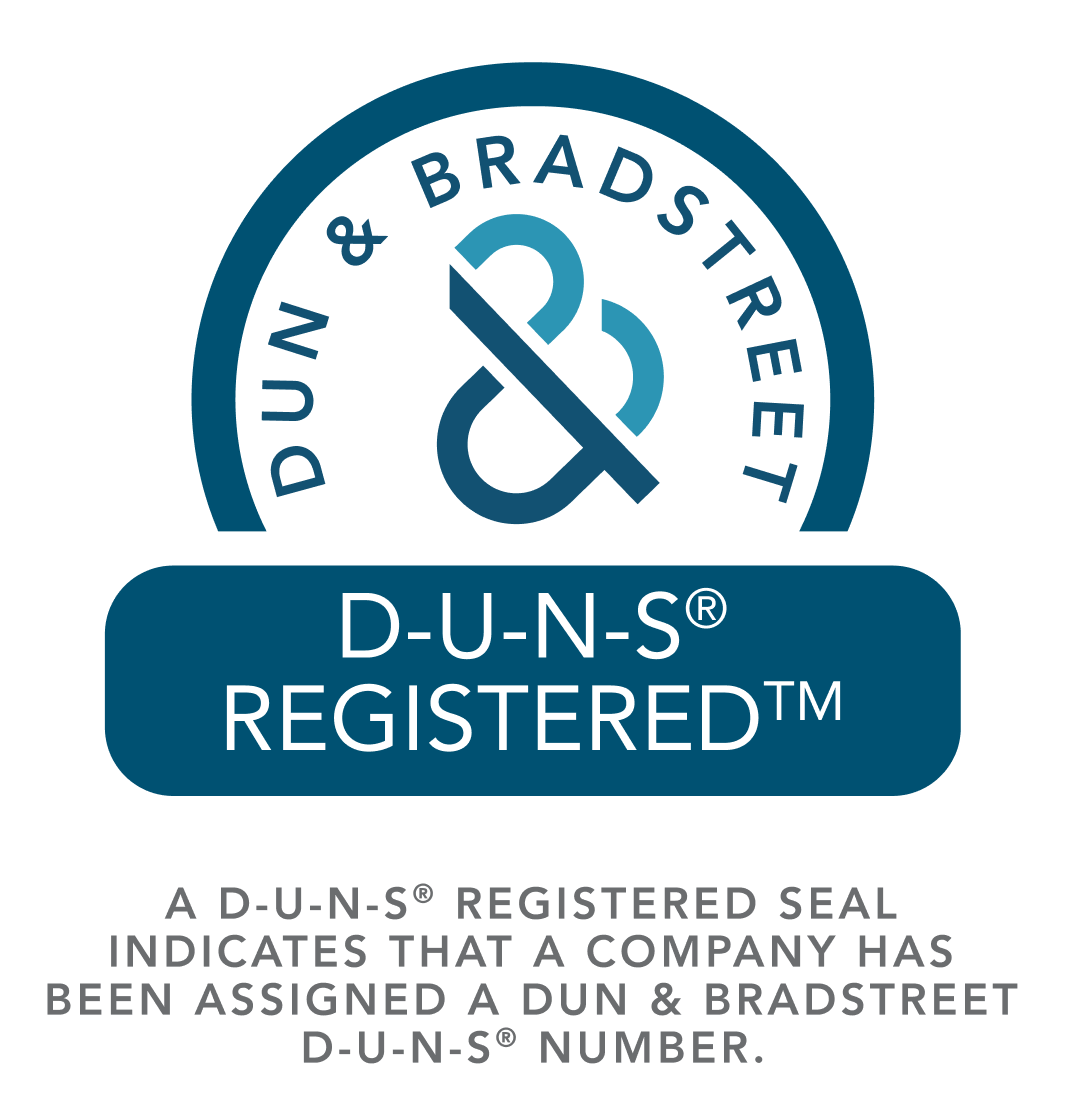
2 Reasons Why Selling More EV’s Should Increase Tire & Wheel Sales

As more states set mandates of selling only new EV’s within certain timeframes and manufacturers announce their own plans to make most if not all of their lines EV within the next 5-10 years, the effect it will have on the products F&I sales cannot be ignored.
Outside of VSC’s or special EV battery replacement plans, there is a BIG opportunity here to increase Tire & Wheel sales for EV purchases if you position it right and focus on the two factors most buyers never think of.
EV Gross Vehicle Weight
What is the first way to increase the close rate on Tire & Wheel to EV buyers? Focus on the weight of the car. Most buyers may simply not be aware of the fact that EV’s have a higher gross vehicle weight and that can wear out tires up to 20% faster than a gas powered car.
For example, the Ford F-150 Lightning weighs a stout 1500 pounds more than a conventional F-150. And even though EV’s get specialized tires off the line with this extra weight in mind, it’s worth highlighting this to your buyers when presenting Tire & Wheel protection.
The tread on a tire carrying that much increased weight under normal driving conditions will simply wear down faster. Faster treadwear means a higher likelihood of a road hazard situation like picking up a nail or encountering other roadway debris.
Position the protection as a necessity for every EV owner as the chances of needing that repair or replacement now has increased exponentially. And once they realize how much more expensive it would be out-of-pocket for the special EV tires to replace, closing on this protection should be much easier.
The Downside to Increased Torque
EV’s have that cool 0-60-mph driving experience due to little/no acceleration delay that you have with gas powered engines but….that means faster wear on the tires, too. Hard starts will wear down the tread and as we said above, worn tread is easier to puncture.
Explaining that in layman’s terms to the buyers should be easy and make the purchase of a Tire & Wheel plan a no-brainer if priced well.
Speaking of….let’s take a look at the advantages of both a stand-alone offer for Tire & Wheel and offering it as part of a preloaded bundle.
On Its Own?
Advantage here is that the margins stay intact and the F&I staff can continue to build value with the plan and price it accordingly. It works well as an add-on to VSC and other cosmetic protections like windshield and PDR.
If the plan is part of a larger marketing push that is dealer-branded, even better. It helps overcome the objection of ‘I think I have this with my local tire shop’ or ‘My car insurance probably covers it’.
Keeping it as a stand-alone makes it a bit easier to train new F&I to sell it efficiency, too. It’s the kind of product every EV customer should consider anyway given the rising costs of tires and the issues we presented here that are unique to this type of vehicle.
In a Bundle?
At its core, this protection is both tied to safety and the structural integrity of the wheel itself and could bolster the value of a well-constructed and reasonably priced bundle. If added with windshield, PDR, interior/exterior, and 24/7, it could replace the singular alloy coverage most bundles have. Covering the wheel is only a part of it...these special EV tires cost a lot, too.
You have to do an analysis of how much profit you may lose by shifting this coverage to a bundle. If it’s nominal at best while factoring in penetration levels, it may make little difference and could actually increase the acceptance of the bundle as a Line 1 add.
Give customers the most for their money, even within a bundle of ancillaries, and you have a good chance of a high acceptance rate. Even now with prices on new units skyrocketing and shortages persisting, it’s a great product to offer on every EV you sell.
If your store is ready to consider a change to how you offer Tire & Wheel, reach out to us today to see how easy it is to offer truTire either as a stand-alone product or part of a preloaded bundle.
We’re here to help you build the best menu offerings for your customers at a time where new technologies and vehicle innovation are changing how we help buyers better protect their ride.

Should tire & wheel be moved off the main menu and perhaps to an ancillary bundle or is it worth it to still sell it as a stand-alone product?

